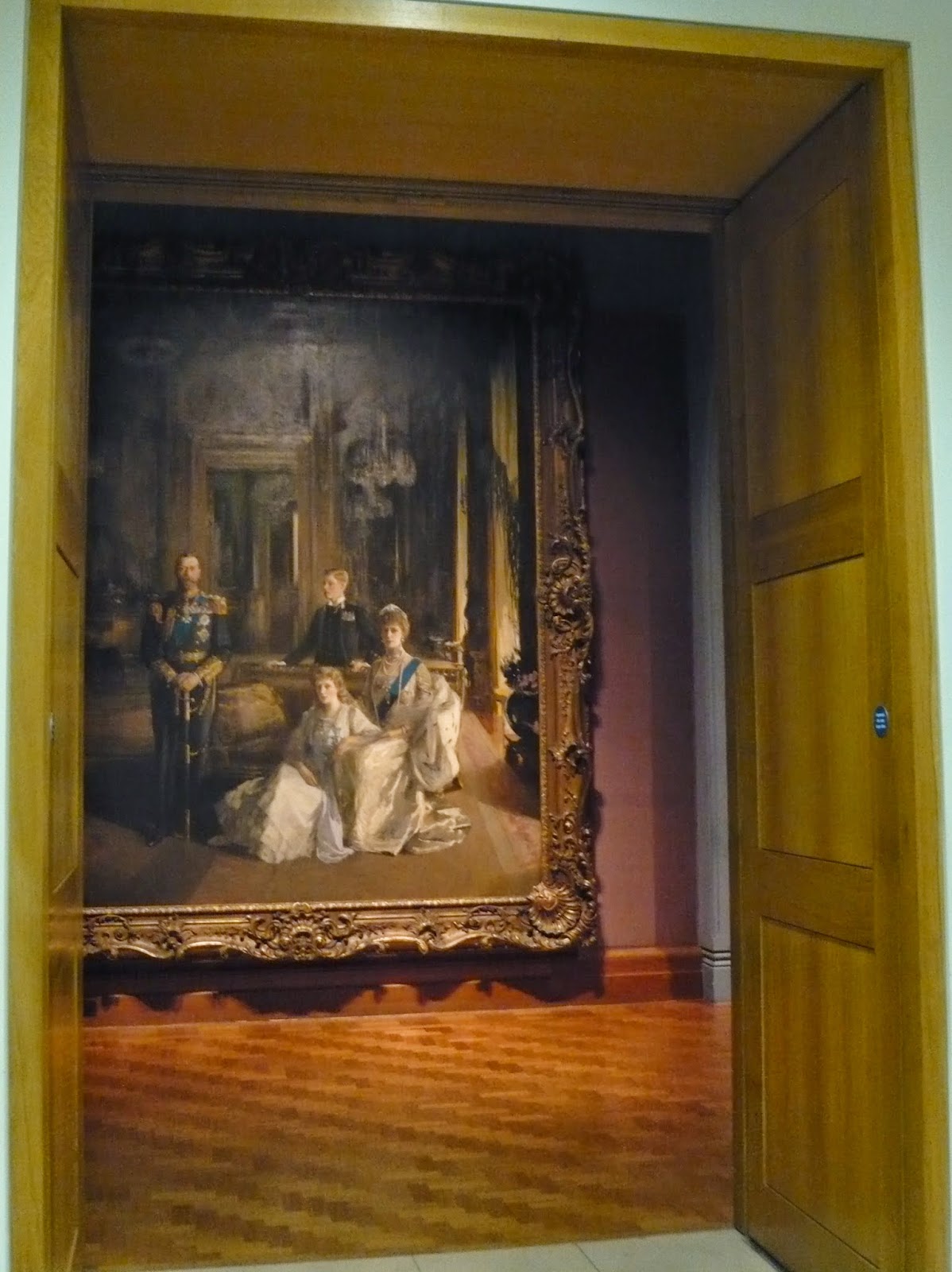Paul Smith is at the Design Museum.
You are very welcome to pop in too.
It's always nice to receive a friendly welcome.
You are very welcome to pop in too.
It's always nice to receive a friendly welcome.
What you see is what you get.
There's none of that rushing around tidying up, pretending that your office doesn't usually look like this, crammed full of stuff; books, bicycles, cameras, robots, letters, knick-knacks, and everything and anything else that he is sent on a regular basis by fans and friends.
He keeps everything, anything can be inspiration.
There's none of that rushing around tidying up, pretending that your office doesn't usually look like this, crammed full of stuff; books, bicycles, cameras, robots, letters, knick-knacks, and everything and anything else that he is sent on a regular basis by fans and friends.
He keeps everything, anything can be inspiration.
As he says himself,
"I have a desk which I have never sat at because it is totally covered in things".
For those of us wondering why we shove bits and bobs into the kitchen drawer,
where we keep all those things that "one day might come in useful",
be heartened by Paul Smith.
where we keep all those things that "one day might come in useful",
be heartened by Paul Smith.
"From all the things accumulated in my office,
one idea will form and be the inspiration for a new collection or the design of a new shop."
See, you knew there was a reason!
one idea will form and be the inspiration for a new collection or the design of a new shop."
See, you knew there was a reason!
His current studio...
...still contains things to inspire; photos, colour, vintage fabric and wallpaper samples.
Perhaps though, when you have more pictures, prints, photos, posters, record covers, paintings, birthday cards, post-cards, drawings, maps and framed pairs of socks than you know what to do with,
it's time to share them with everyone else, at the Design Museum.
This is a very small part of his collection from the walls and basement of his office
in Covent Garden.
in Covent Garden.
Paul Smith is always personally involved in the design of his shops,
giving him more opportunities to display all those things he has collected.
One of which appears to be buttons...
and more buttons...
...a whole wall of buttons.
But let's not forget the 'collections' he designs.
Paul Smith loves colour.
"Colour makes people happy".
It's also pretty cool to feel like you're walking down a Paul Smith catwalk.
Menswear
Overheard by an older visitor,
"You'd need to be brave to carry that off!"
These two were my 17 year old's favourite pieces.
These two were my 17 year old's favourite pieces.
Womenswear
"I love the way the buttons get smaller as they go down the cape."
"We are famous for adding colour" Paul Smith.
Paul Smith has also collaborated with other makers and manufacturers,
contributing to their designs.
Who in their right mind would turn down the chance to design the paintwork for a mini?
A chance to design for the ultimate group of collectors.
Stamps! Perfect!
What comes across in this exhibition, is Paul Smith himself. Who he is.
He comes across as a very generous man, not afraid to show you a bit of mess in his office and his enthusiasm for collecting weird stuff.
In his generosity, he even gives you a chance to take a 'selfie' with him.
This may look like a kind of ego trip but it really didn't come across that way.
You really get the feeling that he's saying, look at me, if I can do it, grow from a three metre square shop in Nottingham to a global company, then you can too.
He takes the mystery out of it.
It's just about noticing things, being curious, never standing still, exploring new places, acknowledging the people who have helped you along the way,
and always carrying a notebook with you.
You leave with the largest post-it note of encouragement, words from the man himself.
is on at the Design Museum until 22nd June 2014.
Details on the Design Museum website here.
Top-tip from the lovely guy in the cafe.
Design-types don't get out of bed until lunchtime at weekends, if you like a nice quiet museum visit, go in the mornings. Especially good when visiting with kids.























































